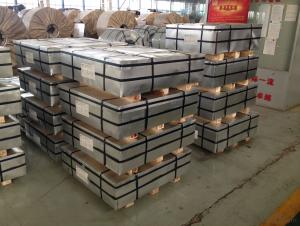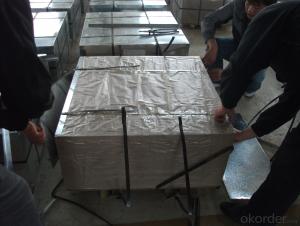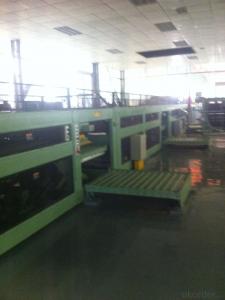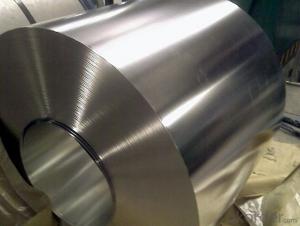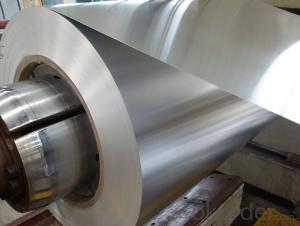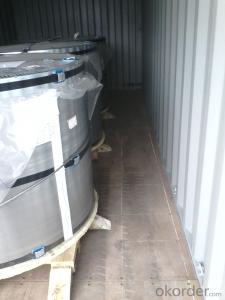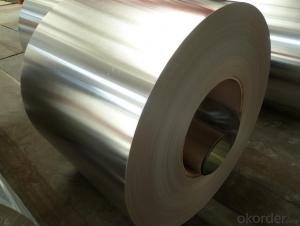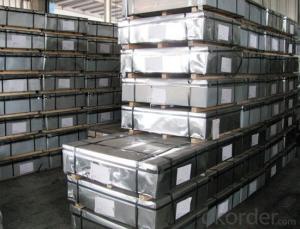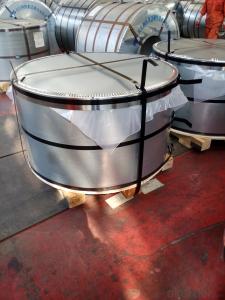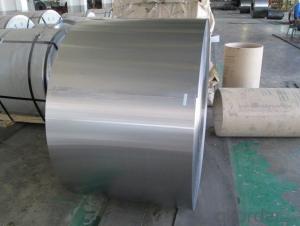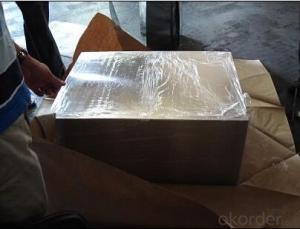Tinplate Sheets
Tinplate Sheets Related Searches
Pvc Tiles For Walls Wallpaper For Office Walls Lights For Bedroom Walls Acoustic Padding For Walls Transparent Roofing Sheets In Sri Lanka Geogrid In Retaining Walls Tape Aluminium Aluminium Modelling Mesh 2 Inch Styrofoam Insulation Sheets Thin Plastic Sheets FlexibleHot Searches
Plastic Sheets For Sale Eps Foam Sheets For Sale Tinplate Sheets For Sale Grp Sheets For Sale Granite Sheets For Sale Styrofoam Sheets For Sale Starboard Sheets For Sale Tinplate For Sale Tinplate China Styrofoam Insulation Sheets Price Tata Tinplate Price List Tinplate Price Trend Tinplate Nse Share Price Tinplate Price Chart Tinplate Share Price Nse Tata Tinplate Share Price Tinplate Share Price Today Tinplate Share Price Bse Tinplate Share Price Tinplate FactoryTinplate Sheets Supplier & Manufacturer from China
Okorder.com is a professional Tinplate Sheets supplier & manufacturer, offers integrated one-stop services including real-time quoting and online cargo tracking. We are funded by CNBM Group, a Fortune 500 enterprise and the largest Tinplate Sheets firm in China.Hot Products
FAQ
- Tinplate performs well in high humidity environments due to its excellent corrosion resistance properties. The tin coating on the steel substrate acts as a protective barrier, preventing moisture from reaching the metal surface and causing rust or corrosion. This makes tinplate a reliable and durable packaging material, especially for food and beverage products, in humid conditions.
- Yes, tinplate can be used for non-food products. Tinplate is a versatile material that can be used in various industries such as automotive, construction, electronics, and packaging. Its corrosion resistance and durability make it suitable for non-food applications like metal cans, aerosol containers, electrical enclosures, and decorative items.
- How can tinplate be rustproof? Products must not be oil
- RP014C-23A thin layer quick drying antirust oil has strong salt fog resistance and acid fast fog performance, which can meet the requirements of severe marine transportation rust prevention. RP014C-23A thin layer fast drying rust proof oil meets the environmental requirements of the export market, such as the EU ROHS directive.
- Tinplate is coated through a process called electroplating, where a thin layer of tin is applied onto the surface of steel or iron. This is done by immersing the metal into an electrolyte solution along with a tin anode and passing an electric current through the setup. The electric current causes tin ions to be attracted to the metal surface, forming a protective coating of tin on both sides of the tinplate.
- Yes, tinplate does require specific handling and storage conditions. It should be stored in a dry and well-ventilated area to prevent corrosion. It is also important to handle tinplate with care to avoid any scratches or dents that may compromise its protective coating.
- Tinplate can increase the cost of packaging due to its higher manufacturing and material expenses compared to other packaging materials such as aluminum or plastic. However, it offers various benefits like excellent durability, corrosion resistance, and ability to keep the contents fresh, which can justify the higher cost for certain products.
- Tinplate packaging contributes to product shelf life by providing a durable and protective barrier against external factors such as moisture, oxygen, light, and temperature fluctuations. This helps to prevent spoilage, retain product freshness, and extend the overall shelf life of the packaged goods. Additionally, tinplate packaging is resistant to corrosion, ensuring the integrity of the packaging throughout the product's shelf life.
- Tinplate packaging generally has a better environmental sustainability profile compared to plastic packaging. Tinplate is highly recyclable and often contains a significant percentage of recycled content. It has a longer lifespan and can be reused multiple times before recycling. On the other hand, plastic packaging is often made from fossil fuels, non-biodegradable, and has a limited recycling rate. Additionally, plastic waste can persist in the environment for hundreds of years, contributing to pollution and harm to wildlife. Therefore, tinplate packaging is considered a more sustainable option in terms of reducing waste and minimizing environmental impact.




